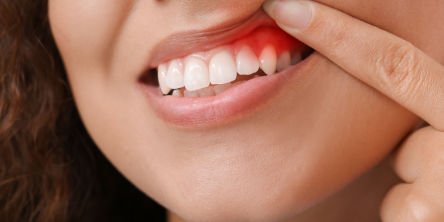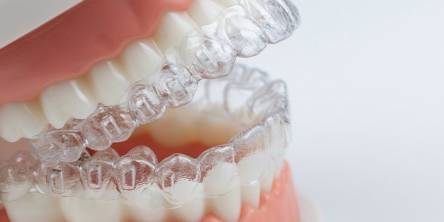The Tooth Dilemma: When It's Time to Say Goodbye to Your Pearly Whites

Ah, the bittersweet moment when a tooth has overstayed its welcome. It’s been with you through thick and thin—chewing your favorite snacks, smiling in photos, and grinding during those stressful nights. But now, it’s time to part ways. Whether it’s a cranky wisdom tooth or a molar that’s seen better days, knowing when it’s time for a tooth extraction can save you a lot of pain (and maybe a few sleepless nights). Let’s break it down and figure out when to say goodbye to that stubborn tooth—and how to do it with a smile.
Why Do Teeth Have to Go?
Teeth, like houseplants, need some TLC. But sometimes, no amount of flossing or mouthwash can save one. Here are a few reasons why you might need a tooth extraction:
- Severe decay: Sometimes, a cavity gets out of control, and even the best dentist can’t rescue it. When your tooth turns into a tiny menace of decay, extraction might be the best option to protect the rest of your smile.
- Crowding: Your teeth love socializing, but sometimes they get too close for comfort. If your mouth is overcrowded, an extraction can free up some and set the stage for orthodontic magic.
- Infection: A nasty tooth infection can spread like gossip in a small town. If antibiotics and root canals can't save the day, an extraction might be necessary to stop the infection from spreading.
- Impacted teeth: Impacted wisdom teeth love lurking under the surface like an awkward high school memory. If they start causing pain or discomfort, a tooth extraction is the only way to free your smile.
The Tooth Extraction Process: It’s Not as Scary as You Think
The word "extraction" might sound intimidating, but it’s not as medieval as you imagine. When you walk into the dentist’s office for a tooth extraction, they’re not armed with pliers from the garage. Modern tooth extractions are pretty smooth (and, dare we say, gentle?) thanks to numbing agents and advanced tools.
First, your dentist will make ensurere comfortable and numb the area—trust me, you won’t feel a thing. Then, with precision and care, they’ll remove the tooth. Sometimes, they may have to do a surgical extraction if the tooth is stubborn or impacted. Either way, the whole process is usually over before you can say, "Wait, that’s it?"
What Happens After the Tooth Leaves the Party?
Now that your tooth has officially retired, it’s time to heal. Your dentist will give you instructions on how to take care of your mouth post-extraction, which usually involves resting, avoiding certain foods, and maybe binge-watching your favorite shows as an excuse to avoid anything too crunchy.
Swelling, discomfort, and some ing are normal, but the healing process kicks in quickly. Before you know it, you’ll return to your normal routine (and enjoy a soft-serve ice cream diet for a couple of days, if you’re lucky!).
When to Reach Out for Help
Even though extractions are routine, there are times when you might need extra help. If you notice severe pain, prolonged bleeding, or signs of infection, it’s essential to contact your dentist or search for a “tooth extraction near me” to get professional advice. Your mouth deserves the best care, after all!
The Final Word: It’s Okay to Let Go
Saying goodbye to a tooth can feel like the end of an era, but it’s also the start of something better—like a pain-free, healthier smile. Whether it’s a pesky wisdom tooth or a molar that's giving you grief, sometimes it’s just time to part ways. And when that time comes, a tooth extraction is your best bet for a smooth and painless goodbye.
Remember, your smile is resilient, even when it’s down a tooth. So, wave farewell to that pearly white with confidence—it’s been a good run, but your smile is about to get even better!
Similar Articles
When most people think about straightening their teeth, they envision traditional metal braces. However, because of recent advances in orthodontics, there are now more discreet, pleasant, and efficient solutions available.
Healthy gums not only ensure a beautiful smile but are also essential for overall oral health. However, conditions often arise that require surgical intervention in addition to dental treatment.
A tight booking calendar, a last-minute casting call, and a grin that has to look flawless by Friday—life as a Harlem creative rarely leaves space for dental upgrades
Gingivitis is an inflammation of the gums caused by the accumulation of plaque and bacteria.
Curious about Invisalign but unsure if it's the appropriate treatment option for you? You are in the right place. We are the experts in clear aligner orthodontic systems
A missing tooth is not only an aesthetic problem but can also affect overall oral health.
A snow-white smile has been a symbol of health, self-confidence, and success. For this reason, teeth whitening is one of the most popular procedures in dentistry. But not everything is as simple as it might seem at first glance
In the age of social media, TikTok has quickly become a platform where trends are born and shared at lightning speed
A toothache can be unbearable and literally throw you out of your usual rhythm of life.









